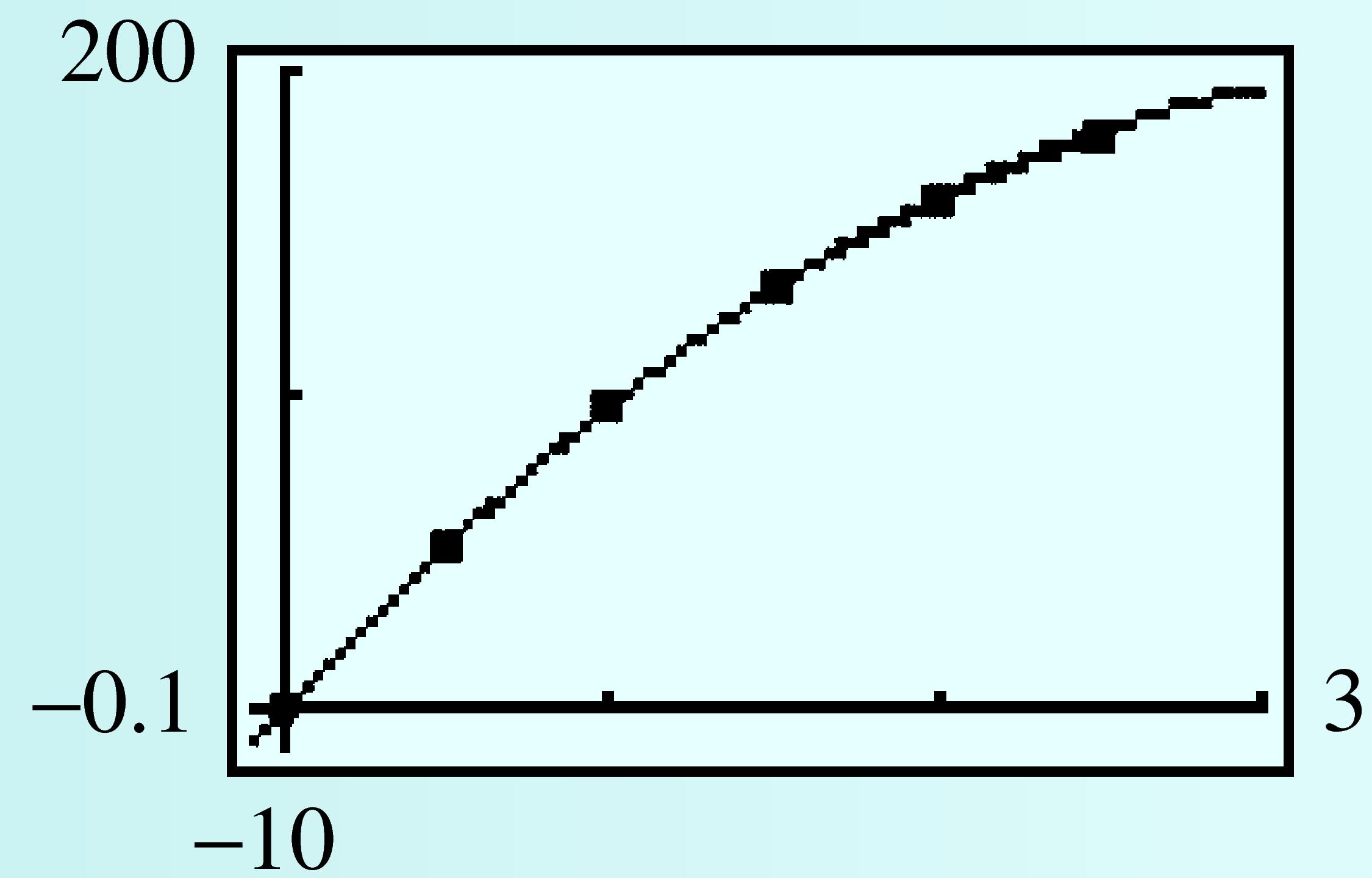Example 6.109.
Use elimination to solve the system of equations.
\begin{equation*}
\begin{alignedat}{9}
3a \amp {}+{} \amp 2b \amp {}+{} \amp c \amp {}={} \amp -1\amp\hphantom{blankblank} \amp(1)\\
a \amp {}-{} \amp 2b \amp {}+{} \amp c \amp {}={} \amp -3\amp\amp(2) \\
2a \amp {}+{} \amp 3b \amp {}+{} \amp c \amp {}={} \amp 4\amp\amp(3)
\end{alignedat}
\end{equation*}
Solution.
We first eliminate \(c\) from the system by combining the equations in pairs. We can add \(-1\) times Equation (2) to Equation (1) to get a new equation in two variables:
| \(3a\) | \(+\) | \(2b\) | \(+\) | \(c\) | \(=\) | \(-1\) | \(\hphantom{blank}\) | \((1)\) |
| \(-a\) | \(+\) | \(2b\) | \(-\) | \(c\) | \(=\) | \(3\) | \(\hphantom{blank}\) | \(-1\text{ times Equation }(2)\) |
| \(2a\) | \(+\) | \(4b\) | \(\) | \(\) | \(=\) | \(2\) | \(\hphantom{blank}\) | \((4)\) |
Next, we add \(-1\) times Equation (2) to Equation (3) to get a second equation in two variables:
| \(2a\) | \(+\) | \(3b\) | \(+\) | \(c\) | \(=\) | \(-4\) | \(\hphantom{blank}\) | \((3)\) |
| \(-a\) | \(+\) | \(2b\) | \(-\) | \(c\) | \(=\) | \(3\) | \(\hphantom{blank}\) | \(-1\times (2)\) |
| \(a\) | \(+\) | \(5b\) | \(\) | \(\) | \(=\) | \(7\) | \(\hphantom{blank}\) | \((5)\) |
By combining Equations (4) and (5), we have a \(2 \times 2\) linear system, which we can solve as usual.
\begin{equation*}
\begin{alignedat}{9}
2a \amp {}+{} \amp 4b \amp {}={} \amp 2\amp\hphantom{blankblank}\amp(4) \\
a \amp {}+{} \amp 5b \amp {}={} \amp 7\amp\amp(5)
\end{alignedat}
\end{equation*}
To eliminate \(a\text{,}\) we add \(-2\) times Equation (5) to Equation (4):
| \(2a\) | \(+\) | \(4b\) | \(=\) | \(2\) | \(\hphantom{blank}\) | \((4)\) |
| \(-2a\) | \(-\) | \(10b\) | \(=\) | \(-14\) | \(\) | \(-2 \times(5)\) |
| \(\) | \(\) | \(-6b\) | \(=\) | \(-12\) | \(\) | \(\) |
Solving this last equation gives us \(b = 2\text{.}\) Then we substitute \(b = 2\) into either of Equations (4) or (5) to find \(a = -3\text{.}\) Finally, we substitute both values into one of the three original equations to find \(c = 4\text{.}\) The solution of the system is \(a = -3\text{,}\) \(b = 2\text{,}\) \(c = 4\text{.}\)


























